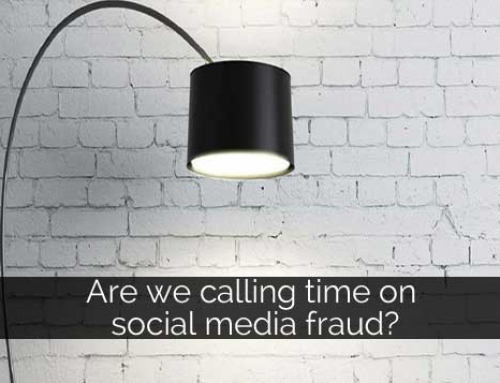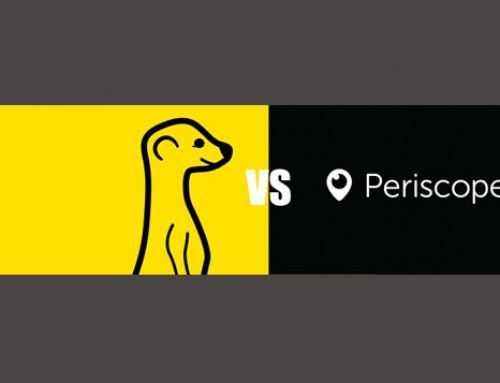Pokemon Go is the latest technology sensation, with the Web awash with stories of record downloads and obsessive players.
It’s the first mainstream example of integrating the “real world” with a highly addictive game; Google Map-derived location technology is incorporated into your game experience, so that you have to physically be in a location in order to interaction with the parallel game-world version of that place.
So, getting out of the house and moving around is a key part of the game experience.
Permanent connectivity comes of age
The game itself may or may not stand the test of time, but it does seem likely that this kind of Virtual Reality online / real world integration is just the start. Now that few of us ever leave the house without our smartphones, and decent strength data connections are widely available, there’s enormous potential available to marketers doing a little lateral thinking. So, this post is going to take a look at how businesses can exploit these principles for marketing purposes.
What we’re going to look at here are two different approaches: some clever ways of “piggybacking” on the popularity of Pokemon Go, and some broader thoughts about the basics of integrating your online presence with the “real world”.
This is particularly valuable for any business that has a passing trade element – where, if a consumer is within a small radius, it’s possible to significantly increase the chances of them making a purchase.
Luring the Pokemon Go consumer
Firstly, let’s consider a few more or less ingenious ways that marketers have used the Pokemon Go craze to their advantage.
The story of the Muncie Animal Shelter’s appeal to its dog walkers has been somewhat over exaggerated online, but the story is still based on facts. The shelter created some clever marketing, pointing out that combining walking their shelter dogs with hunting Pokemon was a win win for everyone.
Here’s their original social media post; you can see for yourself by the Share and reaction figures how incredibly successful it was, as the combination of cute dogs and Pokemon took Facebook by storm.

A second example, shared by @ohjefframos on Twitter, may be slightly more tongue in cheek, but exploits the same idea: you need to move around, we need people moving around, why not join us?!

Both of these are entertaining (but highly effective, at least for the animal shelter) examples of looking for overlap between the behaviours that the game encourages, and behaviours that are beneficial to the organisation concerned.
As a more straightforward approach, the game also allows any player to purchase Lures, which for a given period of time will attract any Pokemon in the local area. Any number of players can catch the same critter, so there’s an obvious use of this for bars, coffee shops, restaurants – anywhere where encouraging a consumer to hang out there for a while will likely result in a purchase.
So, the business buys some Lure modules, advertises the fact with boards in the nearby area, and waits. There’s a nice case study of a Pizzeria in Queens achieving a 30% increase in sales, based on $10-worth of Lure purchases, here. Of course, you do need to be in a built up area, ideally a decent sized town or city, for this to work well. But it’s open to anyone using Pokemon Go on their phones, and as a cheap and smart marketing option for retail and food businesses in cities, it’s surely worth a try!
Bringing the Online World offline: other things to try
The whole power of Pokemon Go is that it integrates the online and offline worlds. This is something that we talk to businesses we work with about all the time, and it’s still under utilised.
Here are just a couple of ways that you can help consumers to make that link. They may not be quite as sexy as Pokemon Go, but they can be just as effective.
Tell ’em about it!
We’ve lost count of the number of high street type businesses we’ve seen who have a great social media presence – a thriving Facebook page, chatty Twitter feed or inspirational Instagram account – but when you visit their actual premises, the place where the money changes hands, there’s no sign of it.
At the very least, put up some posters. Better still, offer an incentive at a time when consumers are fiddling with their phones anyway – “We’ll give you 50p off of your pizza if you’ve Liked our Facebook page before you get to the cash register”. Even better, put some cards around inviting happy customers to post a photo or review while they’re there, for a voucher or discount. With a little Muncie-style lateral thinking, there will be ways of exploiting online social media from within your premises, which will be unique to you and hugely effective.
Lure ’em in
Your retail or food business is registered with Google Maps, right? Good. You’ve got some great reviews? Even better. Now, start sweating those assets as a Lure to draw in passing traffic.
We all have far too many decisions to make each day, and many people will keep going back to their lunch or tea break favourites rather than “risking” trying somewhere new. Or they’re visiting your town for the day, and have to choose between a familiar, predictable chain option and your business.
Here’s one way to make that choice a little easier for them. Put a poster in the window, or a sandwich board on the pavement, inviting passers by to check out your reviews before choosing where they have their lunch or tea break. It’s simple, and they don’t have to take your word for it that you’re serving the best Flat White in town!
Now, put your brainstorming hat on, and start thinking about how you can exploit the Pokemon fad – and use the same principles to skyrocket the value of your social media assets, too.[/fusion_text]




Leave A Comment